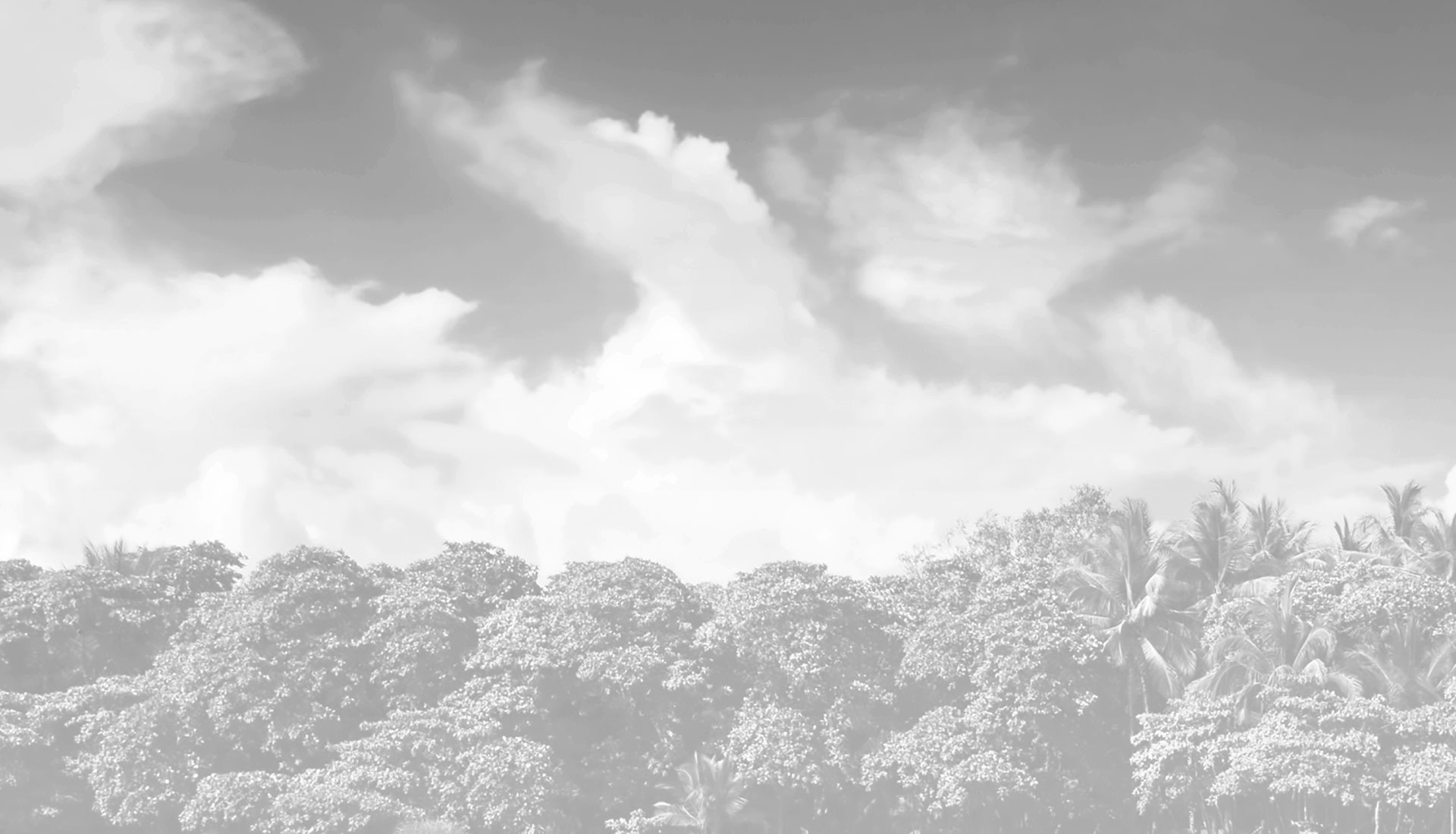
Challenges on the Road to the Corridor
Tomorrow morning, the adventure fully begins. After months of anticipation and preparation, I’ll be trekking out into the Amazon with a crew of local conservationists to shoot a series of videos about sustainable livelihoods in the Manu-Tambopata conservation corridor. The path to achieving worthwhile goals is rarely easy though, and neither should it be. If I am to successfully produce each of the four videos I’ve promised to ACCA and ACA* as the final deliverables for my project, some improvisation is in order to overcome some of the obstacles and complications in front of me. Some will be easier to deal with than others, and new challenges keep leaping out like a jaguar pouncing on its prey. (Hopefully that part remains a metaphor.)
I’ve spent a week thus far in Puerto Maldonado, the capital of Madre de Dios, which in itself has been an interesting cultural experience – exploring the frantic yet somehow relaxed city streets, dodging the buzzing swarm of motorcycles, mopeds, and three-wheel moto taxis, and of course sampling the range of menus del día at the local restaurants. The ACCA team has been very welcoming, and have offered some vital support for the project, ranging from help with translating my interview questions to coordinating all of the travel plans around the region, as well as helping me to recruit a video production assistant. It would be quite literally impossible to succeed in this project, in fact, without the level of support they are offering.
Early Wednesday morning, our production team will depart for Santa Rita Baja (which I have yet to find on the map), the site of two of the videos we’ll be shooting: agroforestry, specifically cacao farming, and fish farming. This will be the first test of my ambitious plan to shoot, log, and edit videos on site in the middle of the jungle. Here are some of the challenges to understand and overcome:
Language and Culture
One of the obvious challenges of working in another country with a considerably different culture is both learning to communicate effectively and avoiding sticking one’s foot in one’s pie hole. It would honestly be excruciating to try to complete this project here in Peru without a reasonable grasp of the language, as very few people speak English. By conversing both with the ACCA team and anyone else that I meet, I’ve been able to somewhat quickly learn a lot about the local issues, and people’s perspectives on the solutions and challenges to addressing those issues. Nonetheless, there are certainly some conversations, phrases, and situations that present plenty of opportunity for miscommunication – especially speaking with younger people, larger groups, and frequently, those with less education who tend to have stronger accents.
One of the obstacles though to understanding the local culture is that the local culture itself is a bit amorphous. The vast majority of the people here are not from here – the majority come from Cuzco or thereabouts. The level of migration in the past decade has been staggering, completely changing the face of the city and the region, both materially and culturally. Few people, as far as I can tell, seem to consider themselves locals. As such, how does one pinpoint a “local culture” and create a video story that connects with those people?
Video Production

This bridge connects the Interoceanic Highway between Brazil and Peru, which has attracted thousands of migrants, which in turn increases the amount of illegal gold mining
Firstly, it will be vital to sift through the complex threads of interconnected issues, players, and perspectives and then weave a central storyline. Essentially, deciding what NOT to shoot will be equally as important as what we do shoot. Each video will feature the activities of one person engaging in one sustainable livelihood activity, which makes it easier in one sense. Nonetheless, each of the protagonists is immersed in their regional context and all its inherent complications. Gold mining seems the central concern for many, along with the deforestation, pollution, violence, corruption, and exploitation that come with it. Each story is on one hand distinct from these issues, but on the other hand the story can’t be told effectively without at least acknowledging those issues.
Scheduling
Despite any preconceived stereotypical notions of Latin American punctuality and a relaxed sense of time, the daily working hours and the production schedule we’ve laid are remarkably fixed. The office opens early each morning, closes exactly at 1pm every day for lunch and reopens at 3pm, then closes for the night at 6pm. The production schedule over the next three weeks is, by necessity, carved out in wood, since it is necessary to book the trucks, motos, and supplies to go into the field, as well as coordinate with the stars of the videos.

Keiko Fujimori’s campaign is clearly well-funded, with massive orange signs all over town
One major snafu was realized in our first team meeting last week: the national general elections will take place right in the middle of one of our shoots. June 5th is election day, and it’s a big and controversial election, with Keiko Fujimori running for office. She is the daughter of Alberto Fujimori, a former Peruvian president with a very checkered history, to say the least. In any case, it is legally required for all citizens to vote, so my production team will have to return to town. The big boss of ACCA here suggested jokingly that perhaps I could just cook my own meals those days. To which I replied, “sure, that’s fine if I’m solo for the day.” They all stopped and looked at me, and replied that most definitely not – no one can be alone out there, not ever, anywhere out in the field. Very dangerous. Ok, good to know!
Technology
One of the first challenges to confront here, as a technology-addicted person, is the frustratingly slow and spotty internet connections. Ultimately having limited connectivity has some tremendous benefits, if we can think of it that way – it forces us to simply reconnect with what’s happening right now, instead of constantly seeking to find out what’s happening elsewhere. It’s amazing how many times per day I still check my phone though! I’m actually really looking forward to time in the field, with NO connection whatsoever.
But then there is the major risk, once out there, of using highly sensitive electronics in a humid environment, all while trying to shoot, log, and edit these videos on a hyper-ambitious schedule. We’ll just see how well the technology cooperates.
Which of course it’s been quite uncooperative already… with the battery on my MacBook dying two days ago! What great timing. Being 1000 miles away from the nearest Apple service center, I’m going to have to hope that electrical outlets are consistently accessible at the lodge we’ll be staying at, and that my computer minimizes how frequently it simply shuts down without warning. ACCA will hopefully be lending me a laptop as a backup, so fingers crossed that the pile of tech gear all continues to function throughout.
Conclusion
All of these challenges, however anxious they might make me in the moment, are all part of the game. Whatever happens, I will produce some videos, and hopefully they will be worth watching and contribute in some way to the mission of ACCA. In the meantime, I’m still on a quest to overcome one of the biggest challenges of all here in Puerto Maldonado… finding a good cup of coffee!
That’s been a shocking surprise to me, in this land that grows some of the finest coffee in the world – drinking coffee simply doesn’t have the same ritualistic fervor as in the States. Out somewhere nearby in the Amazon jungle, a farmer is growing some amazing, organic, shade-grown coffee. And yet, in many places here, it’s all packets of instant coffee, from Brazil, no less! One of those cultural mysteries that may take some time to understand.
* Asociación para la Conservación de la Cuenca Amazónica and Amazon Conservation Association





Madeline Baum
Godspeed, Ryan. It’s important work you’re doing. Be safe and keep us posted as you can. Hugs, Madeline
RyanT
Thanks Madeline! Just got back from the first week of filming, all went very well. More updates coming soon! Hope all’s well in Chicago.